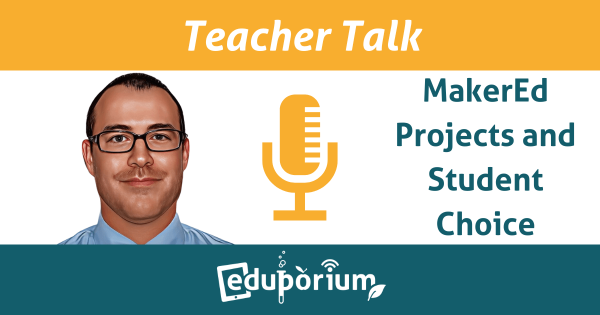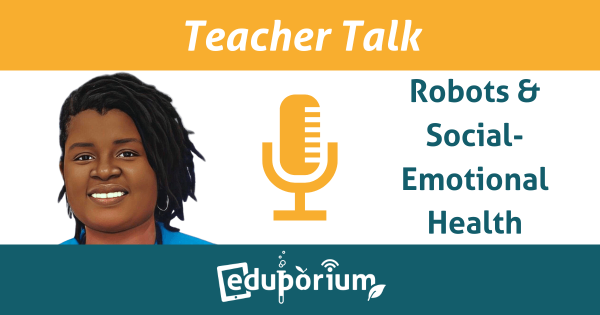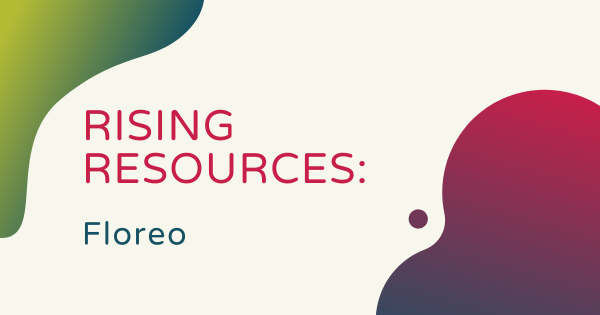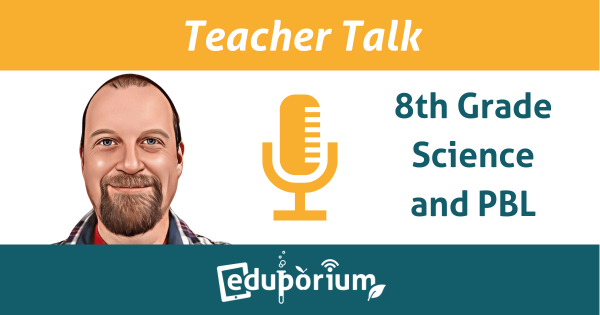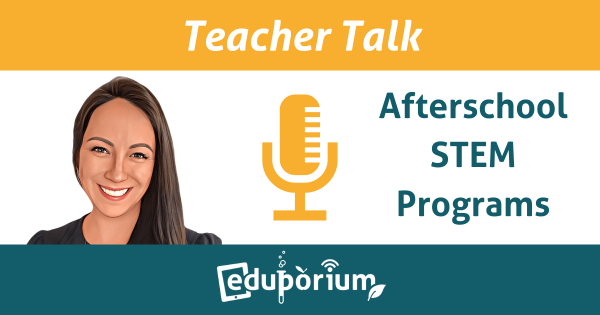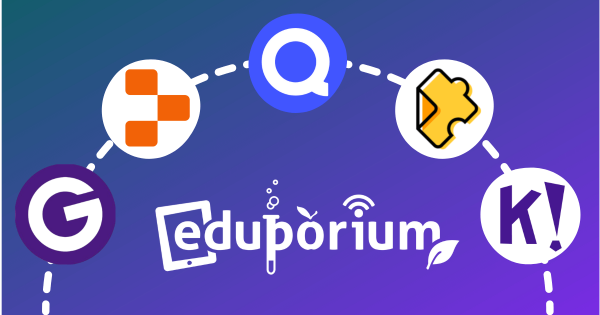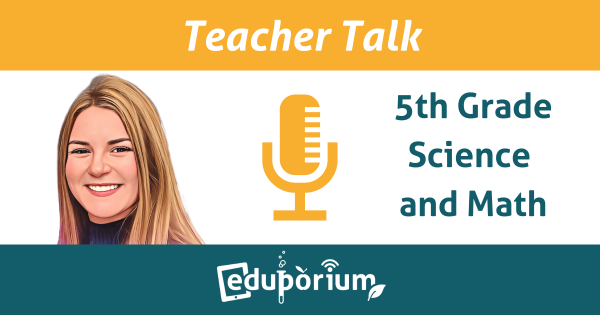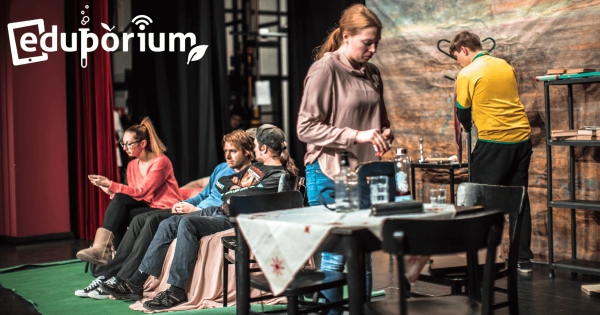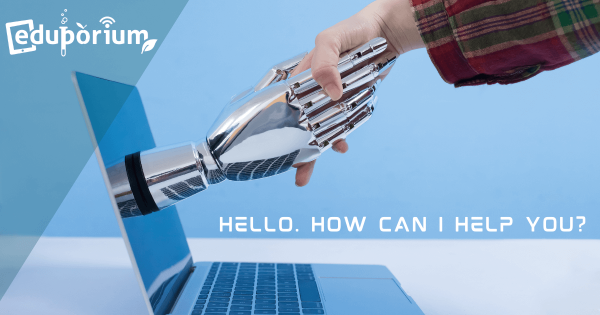The versatility of maker education means students get more opportunities to choose how they learn best. For neurodivergent kids, underrepresented students, and others, MakerEd projects can improve engagement, agency, and retention. Makerspace director, Nicholas Provenzano, known as “The Nerdy Teacher,” shares benefits of those projects in this Teacher Talk post.
Kara Applegate
-
Teacher Talk | Robots & Social-Emotional Health
The skills kids acquire through hands-on STEM activities can help prepare them to show resilience or emotional intelligence when they face adversity as well as helping them learn to navigate modern-day challenges. Dr. Pam Davis founded pop-up makerspace company, Wellbotics, and learned this early on. Here, she talks SEL, social justice, embodied learning, and more. -
Guest Blog: Writing & Plagiarism With ChatGPT
With AI tools like ChatGPT expanding in popularity, many teachers are now worried about their potential use as a plagiarism tool. One educator who is keeping an eye on that very issue is Daniel Sabol, a teacher and a librarian who’s passionate about teaching all students to properly use and cite their sources. Here’s his tips for detecting plagiarism with -
Rising Resources | How Floreo Can Impact Special Ed With VR
For Autism Acceptance Month, we are excited to talk about Floreo. The VR lessons in this app can help autistic and neurodiverse students to rehearse before entering new or uncomfortable social situations, prepare for dealing with overstimulating environments, and with navigating unexpected events that occur with lessons from autistic self-advocates and experts in ASD. -
Teacher Talk | 8th Grade Science And PBL
Through project-based learning, children get to see concepts in action and build up a bigger variety of vital SEL skills like teamwork and responsibility. Science teacher Jeremy Jorgensen knows all about these benefits. For this new Teacher Talk feature, we discussed how he incorporates PBL activities in the classroom and the skills kids develop from hands-on experiences. -
Teacher Talk | Afterschool STEM Programs
In afterschool programs, educators enjoy more freedom to introduce ideas they might not have time to work into a regular lesson plan. For our newest Teacher Talk, I chatted with Mallory Davis, a curriculum director who works with afterschool programs. We had a wonderful conversation about how to integrate STEAM and SEL and the benefits of afterschool STEM education. -
Top Supplementary Websites For The Classroom
As education evolves, so do the methods of enriching students’ classroom experiences. For example, gamifying learning can help boost engagement, coding prepares students for the future, and multimedia tools help enliven instruction. Plus, they all challenge kids to apply what they’ve learned. So, we compiled the best supplementary websites for your teaching toolbox. -
Teacher Talk | 5th Grade Science And Math With Lisa Blais
We’re kicking off our new Teacher Talk blog series by sharing this interview with Lisa Blais, a fifth grade science and math teacher in the Boston Public School system. Lisa has plenty of awesome insights on the accessibility of STEAM education, how she enhances activities she uses in her classroom, and how learning in the science subjects can help kids -
Our Top Eight STEAM Picks For Theater Classes
Integrating the arts with elements of science, technology, engineering, and mathematics often means that students can access more opportunities to think creatively and discover their passions. As STEAM solutions become increasingly prevalent in schools, including in arts and humanities classes, we’ve pinpointed eight of the most helpful tools for your theater students. -
Meet The New Student, ChatGPT: Adapting To AI In Education
ChatGPT’s vast knowledge base and uniquely effective imitation of human writing styles make it a powerful tool for both educators and students. But, as a lot of students employ ChatGPT as a homework aid, some educators are wondering whether its disadvantages outweigh its uses. Let’s see what ChatGPT can—and can’t—offer to kids in 21st century education.



